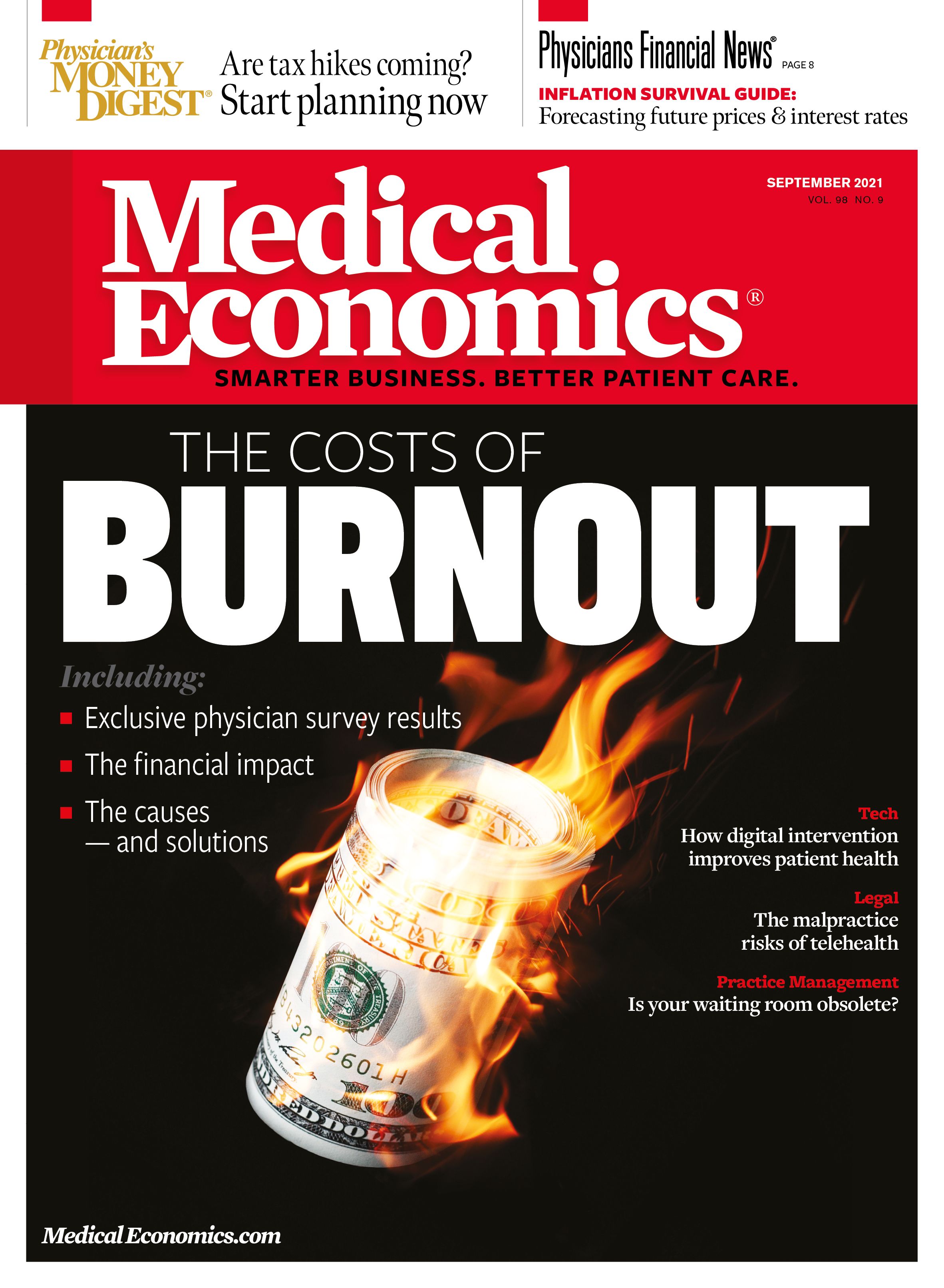Publication
Article
Medical Economics Journal
Are tax hikes coming?
Author(s):
How physicians can prepare themselves
Today’s tax rates are among the lowest in many years, but President Joe Biden made it clear in March that he intends to change that. To fund his large-scale fiscal stimulus, infrastructure initiative and economic reforms, Biden is pushing to increase taxes that are targeted to disproportionately affect the wealthy. Although some of the tenets of this proposal may be difficult to pass and the details could change as the legislation makes its way through Congress, physicians may want to consider the following tax planning strategies regarding their 2021 return.
Let’s look at the proposed changes on the table and explore some of the financial planning tips that could help alleviate a higher tax bill for high-earning physicians.
Income taxes
Biden has proposed a return to the top individual tax rate, from 37% to 39.6%, for individuals earning over $400,000. This is essentially a reversion to the pre-2017 Tax Cuts and Jobs Act rates for this bracket, which we were expecting to see in 2025 when the bill was set to expire. There are still questions, though, as to whether the $400,000 threshold will be for a single taxpayer or for married filing jointly.
Planning tips: Lowering taxable income will be fundamental in offsetting this potential change. Consider escalating contributions to retirement plans, opening a profit sharing or defined benefit plan, or bunching deductions to counterweigh the liability in the year this provision is passed into law. You may want to speak with your adviser about decreasing income-producing investments or placing them in retirement accounts.
Charitable contributions offer a tried-and-true way to lower taxable income through the use of donor-advised funds, qualified charitable distributions or even donating appreciated stock to charity.
Some physicians may also want to increase municipal bond holdings as they become more valuable when taxes and the tax-equivalent yield increase.
Capital gains and qualified dividends
High-earning physicians may be the most challenged by Biden’s proposal to increase the capital gains rate on income over $1 million from 20% to 39.6%. Combined with the 3.8% Medicare surtax, that could mean a 43.4% federal tax rate on long-term capital gains. This is almost double the current top rate. In effect, high income earners would completely lose the tax benefits of holding capital assets for more than one year because short-term and long-term gains would be taxed at the same rate.
Planning tips: Keep a keen eye on managing capital gains. This could mean accelerating gains into the current year or gifting highly appreciated assets.
Social Security taxes
Biden is also proposing to assess Social Security taxes on wages above $400,000. Currently, employees pay 6.2% toward Social Security, and employers pay another 6.2% on the first $142,800 of wages for each employee. Biden’s proposal would assess these two 6.2% tax rates again once wages exceeded $400,000. This is in addition to the 2.9% and 3.8% Medicare taxes already paid on unlimited wages.
Planning tips: Take a close look at how your practice is structured taxwise. If your practice is an S Corporation, you’ll want to minimize the amount of compensation you receive as wages while still remaining “reasonable” per IRS standards.
C Corporations may have a more difficult time because these practices typically try to eliminate their net taxable income at the corporate level via bonus pay to the owners in the form of W-2 wages. C Corporations may consider a shift in business structure going forward to account for this new tax law.
Itemized deductions
The maximum amount of itemized deductions would be capped at 28% for those earning over $400,000. It is unclear if this provision will be for individuals or those filing jointly, but essentially, these deductions will be worth less to the high-income physician in terms of reducing taxable income.
Planning tips: It may be worthwhile to bunch deductions on property taxes, charitable contributions and health expenses to increase your deduction.
Timing and strategy
The possibility of significant tax law changes on the horizon make forward-looking tax planning especially critical. This is complicated by the fact that we do not know with certainty when, if or how these provisions will become effective. Could any of the laws be retroactive? Or could we be in the clear until later in 2022 or 2023? Only time will tell.
Although these tax laws are not a foregone conclusion, physicians would do well to fortify their tax planning strategies ahead of time to guard against some or all of these possibilities. By making small adjustments now, you can protect against being caught off guard as any new legislation moves into law.
Julianne F. Andrews, MBA, CFP, AIF, is a principal and co-founder of Atlanta Financial Associates. She specializes in working with physicians and executives in the healthcare industry. Send your financial questions to medec@mjhlifesciences.com.
Please Note: Atlanta Financial is a trade name. All services provided by Atlanta Financial investment professionals are provided in their individual capacities as investment adviser representatives of Mercer Global Advisors Inc. (“Mercer Advisors”), an SEC-registered investment adviser principally located in Denver, with various branch offices throughout the United States doing business under different trade names, including Atlanta Financial.






